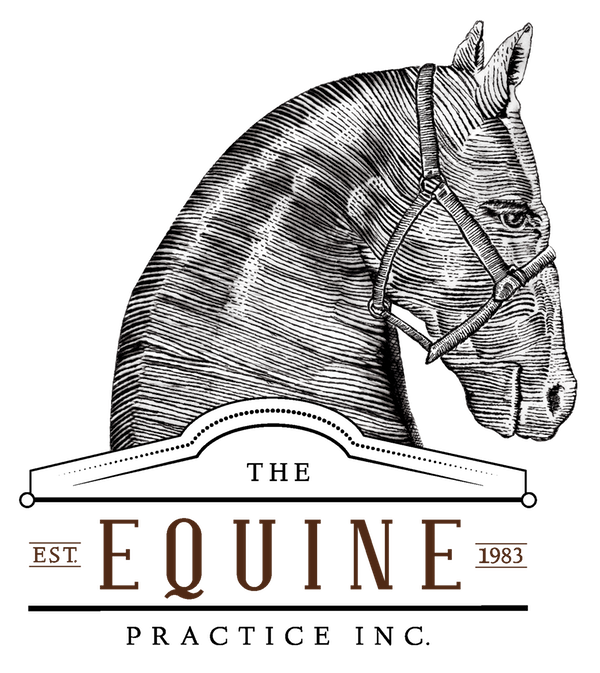The eastern tip of Long Island is unique. It has a mix of Middle-America with traditional values, farmers with large fields dotted green with John Deere equipment, liberal politics and hard working, blue collar, American workers waving the Stars And Stripes. Money speaks in this town. No lunch can be found anywhere for less than $15. Even a sandwich, chips and a soda are higher than anywhere else I travel. There are no fast food restaurants, convenient stores (except for two 7-Eleven’s) or anything that looks like the rest of the cookie-cutter America we have all grown accustom to seeing across this great land.

A hippy with dozens of colorful patches sewn onto his denim jacket doesn’t seem to jive with his 70-year-old, long, silver hair as he stands next to his full-size, luxury, BMW sedan. New York Style Delis are ubiquitous with lines at lunch time of men, mostly Mexican, with tan, heavy work boots, dirty blue jeans, and sweatshirts promoting their favorite New York sports team. In contrast, and on the same street, quaint bistros and eateries are filled with the affluent feasting on the finest fares chefs have to offer. Everyone has a cell phone but town politics prevent adequate towers for reliable cell coverage.

I stay “up-island” near the Long Island airport in the Marriott whose hotel chain usually is well within an hour of the farm scheduled for the first visit. Today, the first farm is just under two hours away, shortened only by the lack of traffic the early Sunday morning provides. Traveling through the sleepy towns of Bridgehampton, Wainscot, Easthampton, and Amaganset all the way to Montauk and beyond – as far as the road travels east – we make our way to the visits. There, just beyond the towns settled with devout New York City slickers seeking escape from hectic life, lie several horse farms along with lots of boats. From the top of the hill you can see the Atlantic to the South and East, and Long Island Sound to the north. Incessant wind reminds us of the ocean’s nearness.

The first recorded cattle drive in America took place here. The British were approaching in their ships and the cattle that fed the early settlers were in jeopardy of being confiscated. The “cowboys” rounded up the cattle and drove them to a secure part where the food supply was protected.

Later, President Teddy Roosevelt made a home here for himself and his Rough Riders. It is preserved as a National Park. There is still a working cattle ranch located nearby. A few years ago I saw there the master Cowboy work cattle using his cattle dog, giving orders by whistles. It was magical to watch, made even more magical realizing that I was not in the Western United States, but in the eastern tip of the island, just beyond the strangle of people, whose property fetish was driving farmers out of the area.

This morning was a welcomed relief from the traffic and noise of the rest of Long Island where we are working for the week. It won’t last long as our day will end with another trip “up-island” to the hotel set next to the Long Island Expressway, several coffee houses, Chinese Restaurants, Pizza Parlors, and bars. I will close my curtains and quiet my mind by looking at the scenery stamped in my mind of the morning’s visit.

